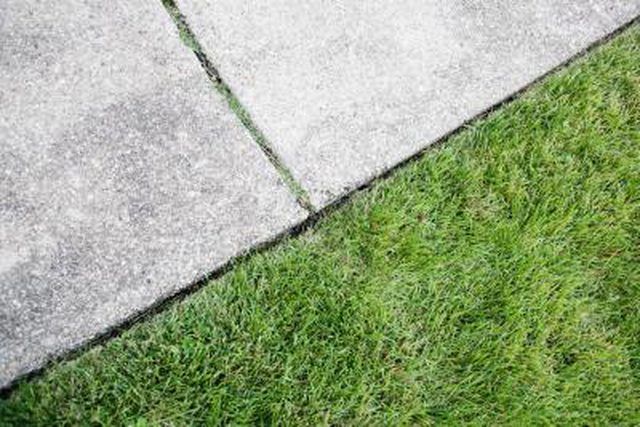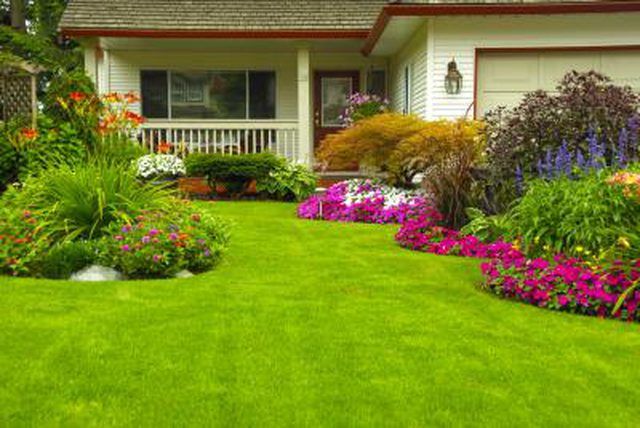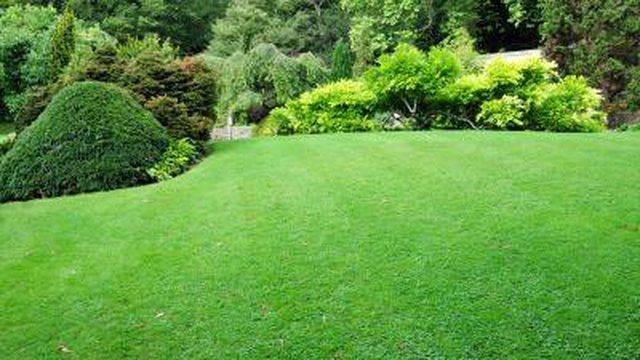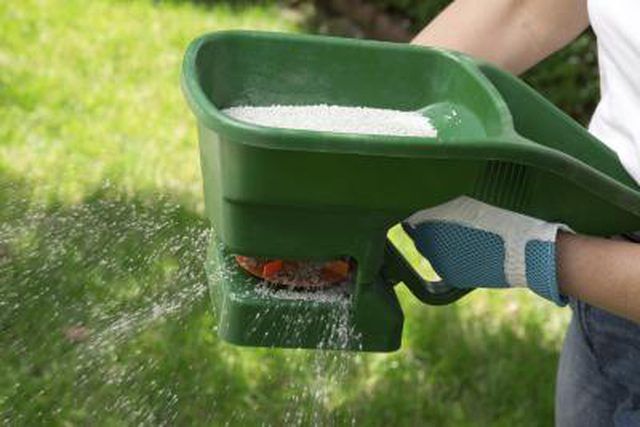Bulbs
Flower Basics
Flower Beds & Specialty Gardens
Flower Garden
Garden Furniture
Garden Gnomes
Garden Seeds
Garden Sheds
Garden Statues
Garden Tools & Supplies
Gardening Basics
Green & Organic
Groundcovers & Vines
Growing Annuals
Growing Basil
Growing Beans
Growing Berries
Growing Blueberries
Growing Cactus
Growing Corn
Growing Cotton
Growing Edibles
Growing Flowers
Growing Garlic
Growing Grapes
Growing Grass
Growing Herbs
Growing Jasmine
Growing Mint
Growing Mushrooms
Orchids
Growing Peanuts
Growing Perennials
Growing Plants
Growing Rosemary
Growing Roses
Growing Strawberries
Growing Sunflowers
Growing Thyme
Growing Tomatoes
Growing Tulips
Growing Vegetables
Herb Basics
Herb Garden
Indoor Growing
Landscaping Basics
Landscaping Patios
Landscaping Plants
Landscaping Shrubs
Landscaping Trees
Landscaping Walks & Pathways
Lawn Basics
Lawn Maintenance
Lawn Mowers
Lawn Ornaments
Lawn Planting
Lawn Tools
Outdoor Growing
Overall Landscape Planning
Pests, Weeds & Problems
Plant Basics
Rock Garden
Rose Garden
Shrubs
Soil
Specialty Gardens
Trees
Vegetable Garden
Yard Maintenance
Lawn-Edging Tools
Lawn-Edging Tools. Edging--trimming grass that overhangs sidewalks, driveways and garden beds--adds a clean, neat line that adds a sense of formality to the lawn. There are a variety of ways to get the job done, from power equipment to hand tools to chemicals, each with their own costs and benefits. Overhang can be anything from a few blades of...
Edging--trimming grass that overhangs sidewalks, driveways and garden beds--adds a clean, neat line that adds a sense of formality to the lawn. There are a variety of ways to get the job done, from power equipment to hand tools to chemicals, each with their own costs and benefits. Overhang can be anything from a few blades of grass to plants that have established their roots into soil atop a sidewalk. As a rule, the thicker the plant that needs trimming, the more power you'll want to bring to the job.

The simplest way to trim overhanging grass is to press a shovel into the ground where the turf meets the pavement, sidewalk or bed. This cuts the leaves and can kill the grass near the edge. Straight-edged shovels are better than rounded shovels because they have a cleaner profile and can reach a greater depth without damaging desirable sections of grass.

Wheel edgers work like a pair of scissors to trim grass along the edge of a hard surface. When pushed, the wheel turns a star-shaped blade past a fixed blade to trim grass. Wheel edgers are effective for maintaining well-trimmed grass, but are difficult to use if the grass is thick, matted or has started to root.
There are several types of step-on edgers, but all use the same principle: A blade mounted to a handle is forced through the grass using leg muscles and the operator's weight. Basic models are little more than straight blades attached to handles while better-quality tools have sharpened edges, curved blades and improved areas for foot contact.

For anything other than a small yard, the desire to add horsepower to the edging job is natural and wise. Some people use an electric string trimmer to edge lawns, with mixed results. String trimmers have no guides to help the machine cut in the right place; it is easy to cut too deeply and to scalp grass you do not want to cut. On the plus side, a user with a steady hand can quickly trim a straight edge with little effort. Because the string can repeatedly hit hard surfaces, remember to feed new line frequently.
Electric lawn edgers are available at hardware stores and rental shops and can often be spotted at thrift stores and yard sales. These edgers may have the best cost-to-benefit ratio. For roughly four times the cost of a manual edger you can get a machine that will shave hours off your task. You'll also be more likely to do maintenance edging when it's needed. Electric edgers have a flat vertical blade that looks much like a lawnmower blade. Replacement blades are easy to find and cost about $10.

Gasoline-powered edgers use the same spinning vertical blade system as electric edgers but offer more horsepower and cut your work time significantly. Because they are more expensive--twice the cost of an electric model--they are better suited for landscape companies and owners of very large properties. Gas and electric models are available at rental stores as well as some garden centers and hardware stores.

Chemicals also can be used to edge lawns. Products that promise to kill grass and weeds can be sprayed gingerly along edge areas. The grass will die and compost over a period of weeks, eventually leaving a clean edge. Chemical edging will usually last longer than mechanical edging and will not need to be repeated as often, according to the Louisiana State University Agriculture Center. When considering chemical edging, keep in mind that accidental overspray or other factors may spread the plant killer to places you do not want it.
